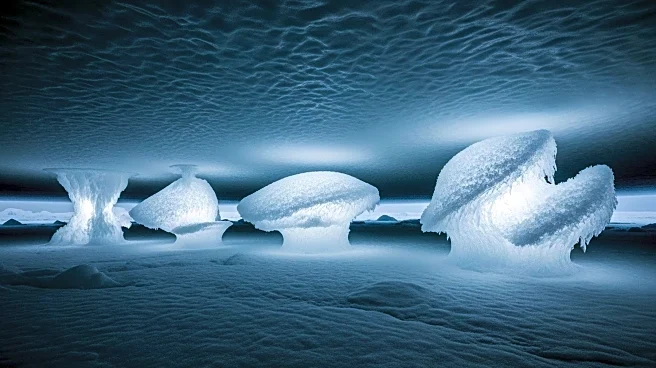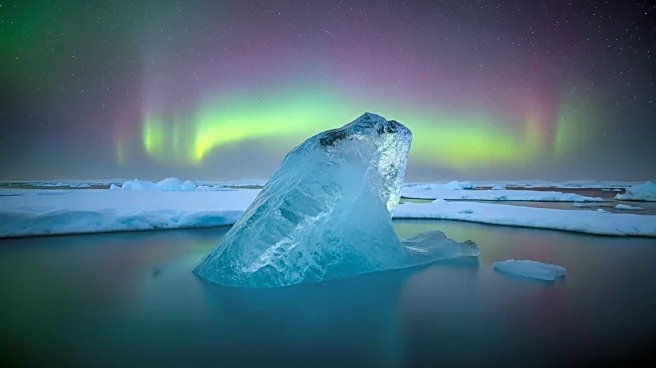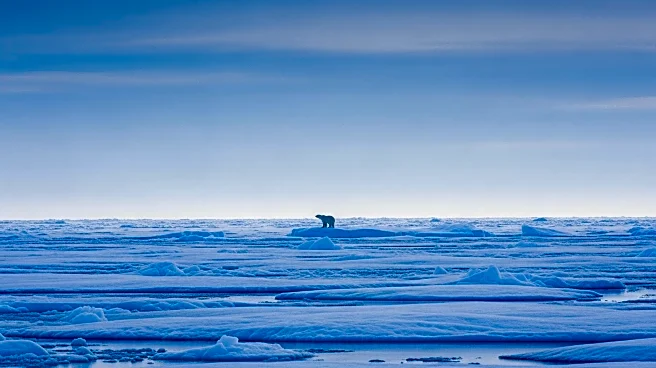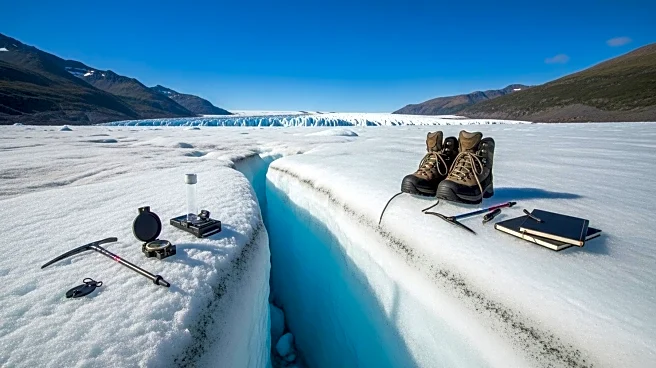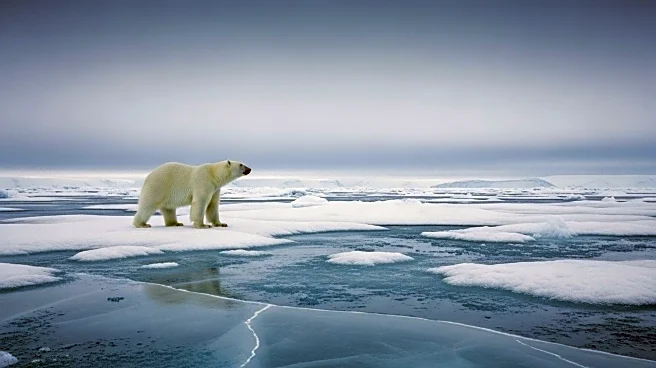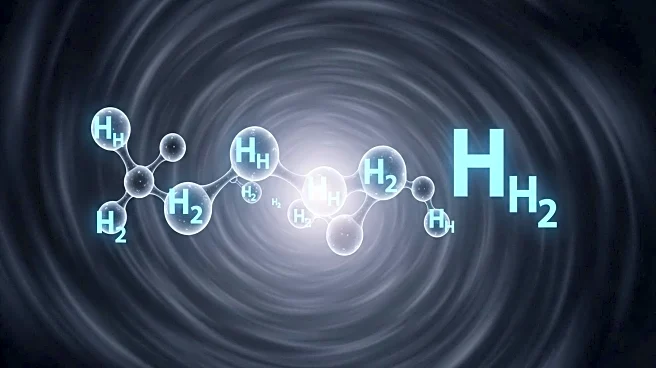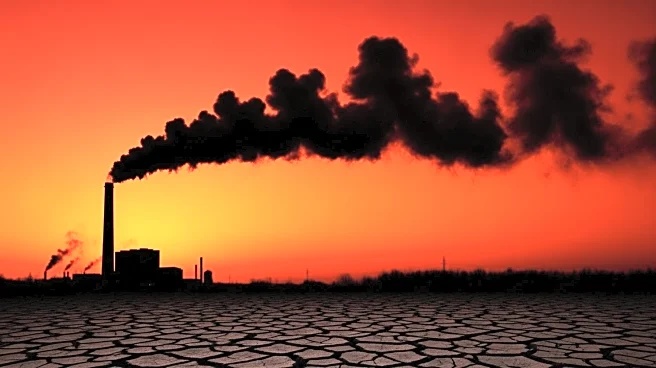What's Happening?
Scientists have discovered massive 400-meter structures beneath the Dotson Ice Shelf in West Antarctica, challenging existing models of ice shelf melting. Using a robotic submersible, researchers mapped an underwater world of ridges and channels shaped by ocean currents. These findings provide new insights into how ice shelves melt and their impact on sea-level rise.
Why It's Important?
The discovery of these structures is crucial for understanding the dynamics of ice shelf melting and its contribution to global sea-level rise. Ice shelves act as barriers for inland glaciers, and their weakening can accelerate ice flow into the ocean. This research highlights the need to incorporate under-ice processes into climate models to improve sea-level predictions.
What's Next?
Further exploration of the Antarctic ice shelf is needed to track the evolution of these structures and their impact on ice dynamics. The scientific community will focus on integrating these findings into climate models to refine sea-level rise projections. This research may also inform international climate policy and adaptation strategies.

